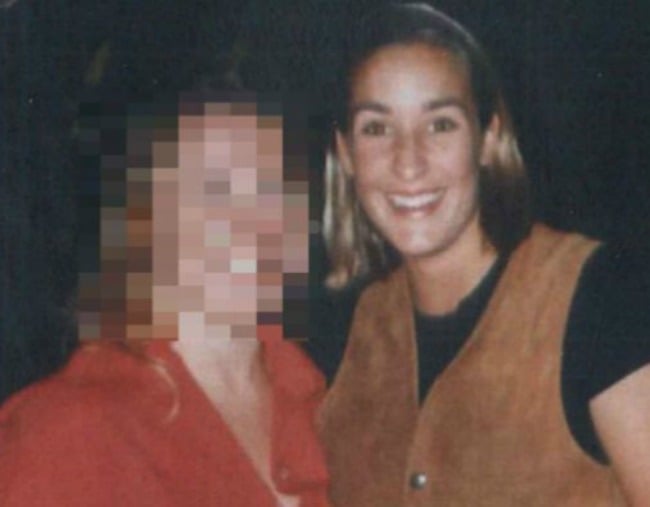
Keli Lane was in her final year of high school when she fell pregnant for the first time.
It was 1992, and she told only one person about the pregnancy: her boyfriend at the time, Aaron Tyack. Lane chose to have an abortion, and according to Tyack, the decision left her “very upset”.
The event, he said at Lane’s trial almost 18 years later, “played on her mind”.
Lane had a second abortion in her late teens, followed by three pregnancies in her early twenties, all of which she carried to term. She didn’t tell anyone about these pregnancies, concealing them from the people closest to her.
When part one of the ABC’s three-part investigation, Exposed: The Case of Keli Lane, aired at the end of September, a familiar conversation was reignited: how did Keli Lane, by the time she was 24, manage to carry three pregnancies to term, and give birth to these babies, without her friends or family noticing?
Speaking to Mamamia‘s Mia Freedman on No Filter, journalist Caro Meldrum Hanna argued that, in fact, some people around Lane did notice. They just didn’t do anything about it.
Anne Bain, the team manager of the Australian water polo squad which included Lane, told Exposed, “talk was everywhere”.
“A few times the girls had said to me they thought Keli Lane was pregnant,” she said.
In particular, Bain describes one day at the pool, witnessing as Keli stood up and took off her towel. “She was side on to me and I’m a mum. I said, ‘she’s pregnant’.”
